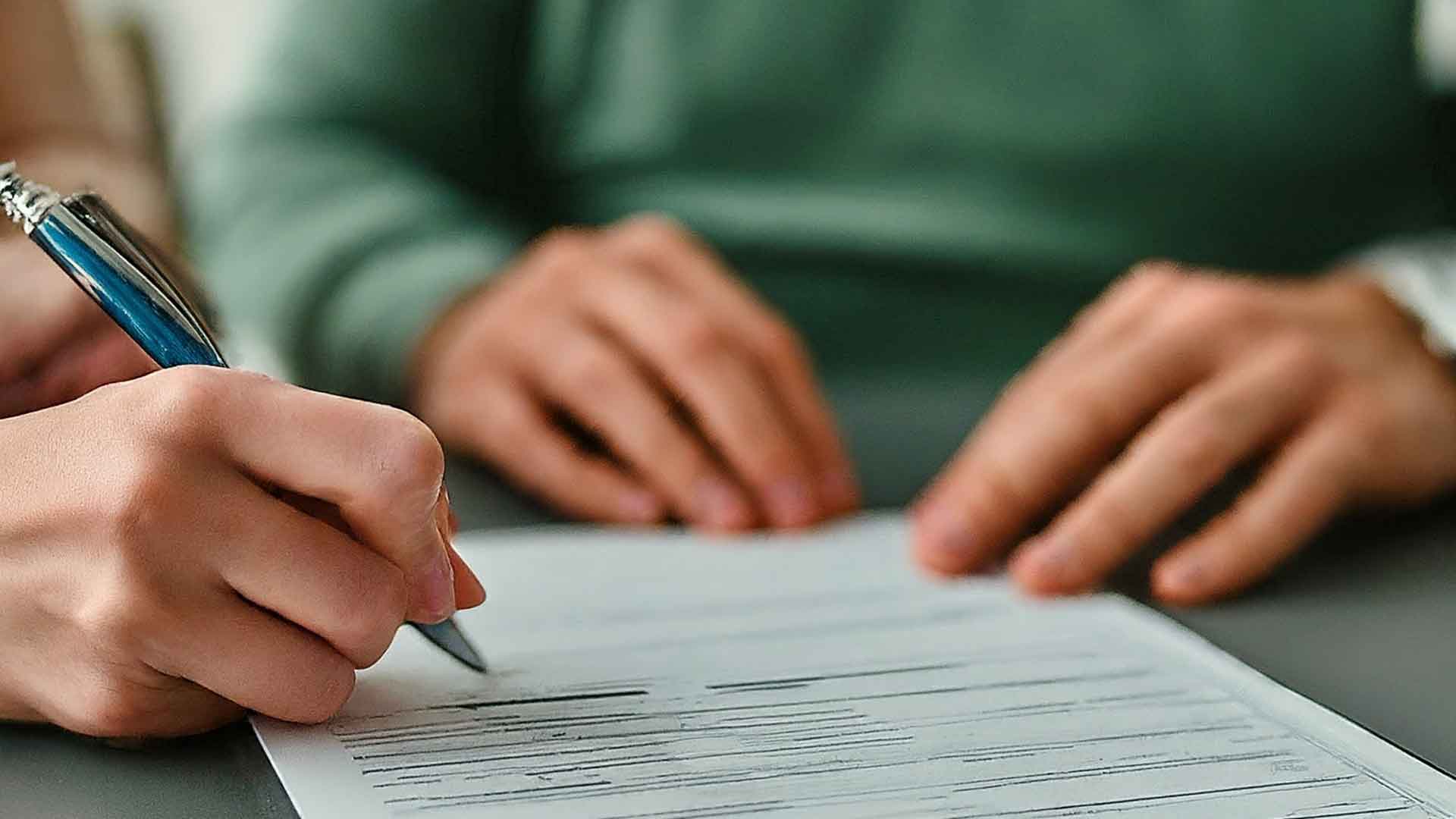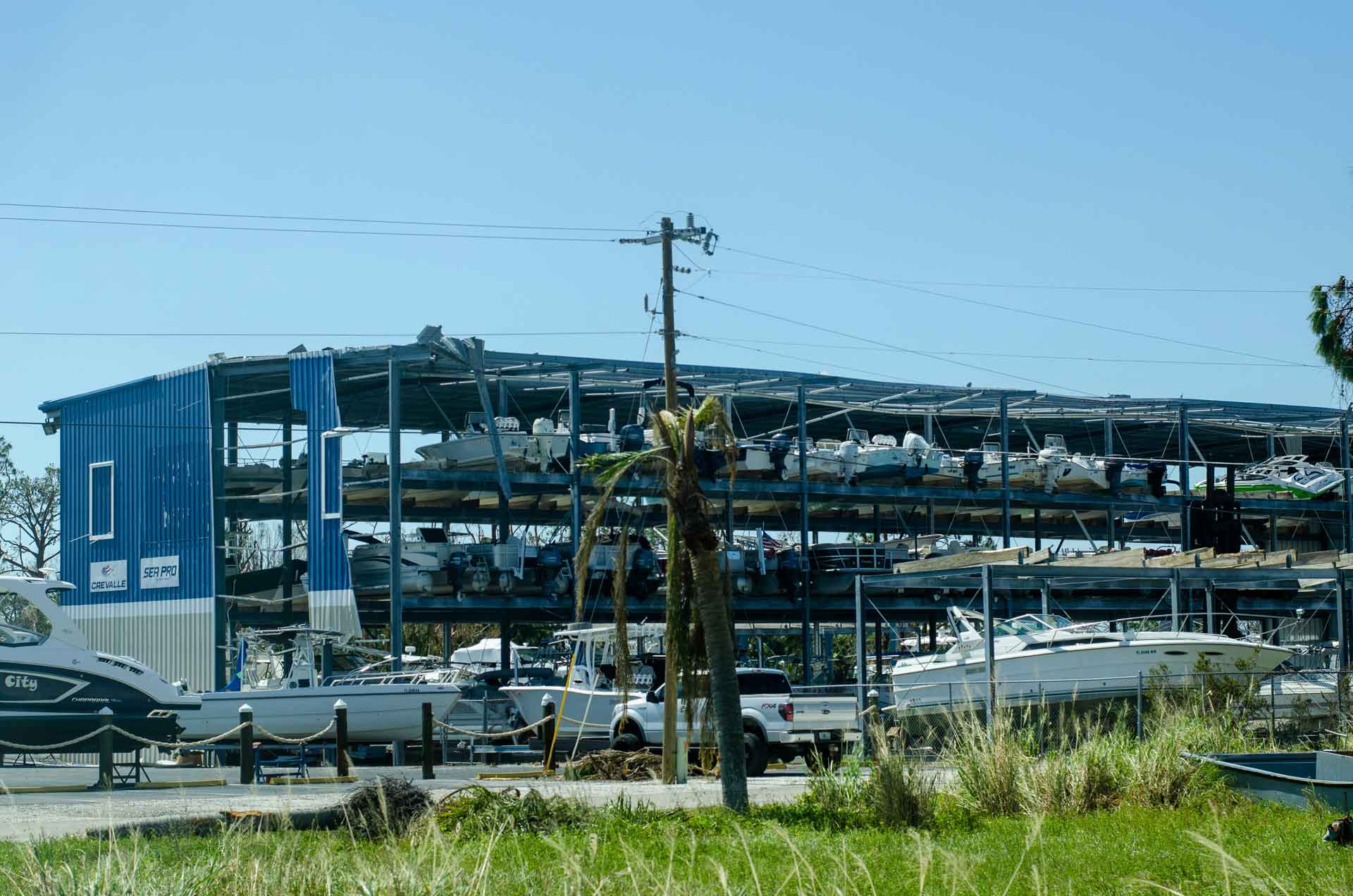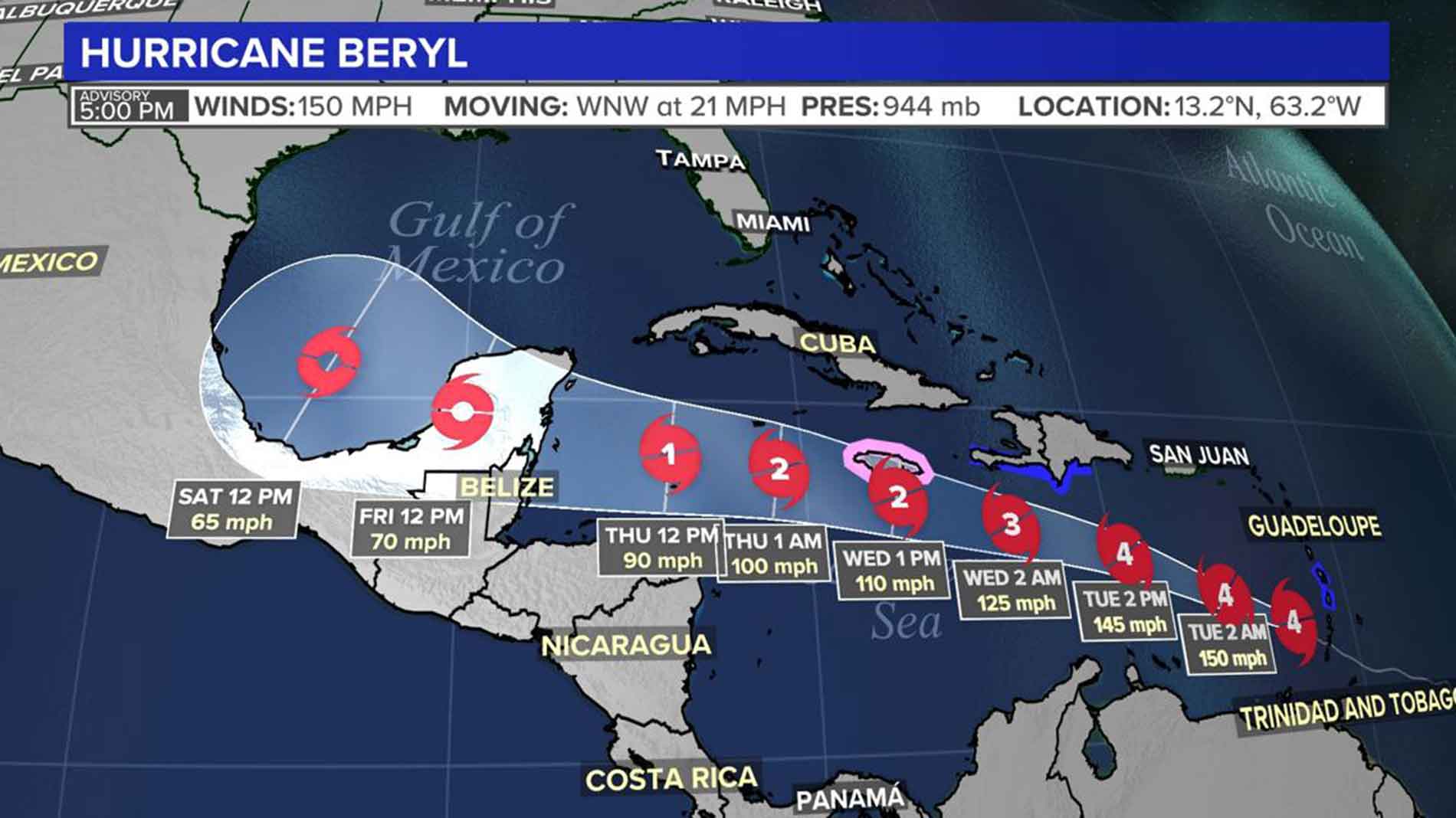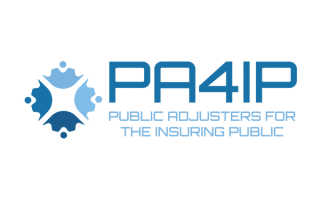
Plumbing Leaks and Flooding
If you find a plumbing leak or flood damage, be very careful and use these tips to help you get through the situation safely.
Immediate Actions
- Ensure Electrical Safety: Turn off the electricity in the affected area at the circuit breaker to avoid electrical hazards. Do not enter standing water if the power is still on. Personal Safety: Avoid contaminated water, especially from a sewer line. Wear protective gear like gloves and boots.
- Stop the Water Source: Shut Off the Main Water Supply. Locate and turn off the main water valve to stop the water flow. The main water valve is usually found near your water meter or where the main water line enters your home. Turn Off Individual Valves: If you identify the specific source of the leak, turn off the valve to that fixture (e.g., under the sink, behind the toilet).
Mitigate Damage
- Remove Excess Water: Use buckets, mops, and towels to remove as much water as possible. A wet/dry vacuum can be helpful for larger volumes of water. Place a tarp or bucket under the leak to catch any dripping water.
- Protect Belongings: Move furniture, electronics, and other valuables to a dry area. Use aluminum foil or wood blocks to raise furniture off wet floors.
- Ventilate the Area: Open windows and doors to help dry out the space. Use fans and dehumidifiers to accelerate the drying process.
Contact Professionals
- Call a Plumber: Contact a licensed plumber to inspect and repair the plumbing leak. They can identify the source of the problem and ensure it is properly fixed.
- Contact Your Insurance Company: Notify your home insurance provider about the flooding and water damage. They will guide you through the claims process and may provide recommendations for water damage restoration services. Contact us to ensure you have not missed any hidden damage before you submit your claim.
- Call Water Damage Restoration Services: For significant flooding, contact a professional water damage restoration company. They have the equipment and expertise to thoroughly dry out your home, prevent mold growth, and restore damaged areas.
Document the Damage
Take Photos and Videos: Document the extent of the damage for insurance purposes. Take detailed photos and videos of the affected areas, including damaged belongings and structural components.
Follow Up Actions
- Work with your plumber and restoration company to complete the necessary repairs. Ensure all work is done according to local building codes and standards.
- Monitor for Mold: Look for signs of mold growth in the weeks following the flood. Mold can develop quickly in moist environments, so act soon if you notice musty odors or visible mold.
- Review Your Insurance Policy: Understand your coverage, including any deductibles and exclusions. Reach out to us to help you ensure all documentation is submitted to your insurance company for the claim.
Preventive Measures
- Regular Maintenance: Regularly inspect your plumbing system for signs of wear and tear. Fix minor leaks promptly to prevent significant issues.
- Install Preventive Devices: Consider installing water leak detectors and automatic shut-off valves to catch leaks early and minimize damage.
- Improve Drainage: Ensure your home’s drainage systems (e.g., gutters, downspouts) are functioning correctly to direct water away from your foundation.
By following these steps, you can effectively manage plumbing leaks and flooding, minimize damage, and ensure your home is properly restored.
continue reading
Other Interesting Posts
How to File an Insurance Claim After a Storm Filing an insurance claim after a storm can be overwhelming, but following these steps can help streamline the process.
Businesses have multiple needs for hurricane preparedness. Prepare for damage but hope for none.
Hurricane Beryl was a wakeup call. Storms are developing faster and getting bigger. Be prepared. Preparing for hurricane season in Florida is essential to ensure your safety and minimize potential damage to your loved ones and property. Use our comprehensive guide to help you to get ready.








